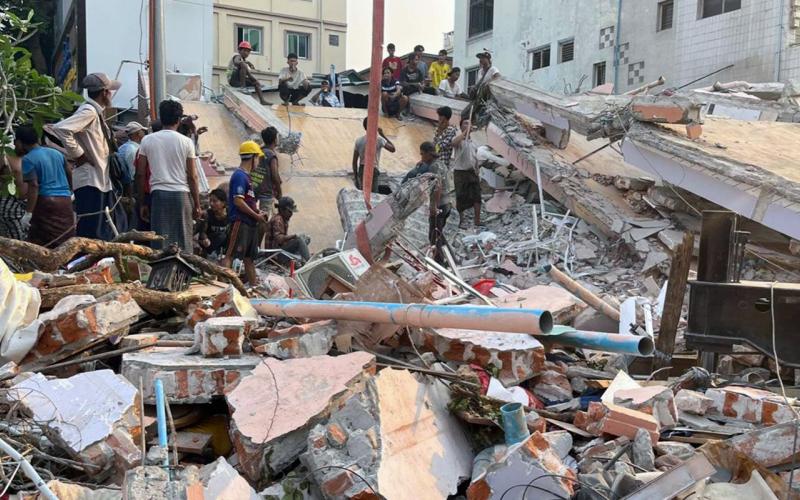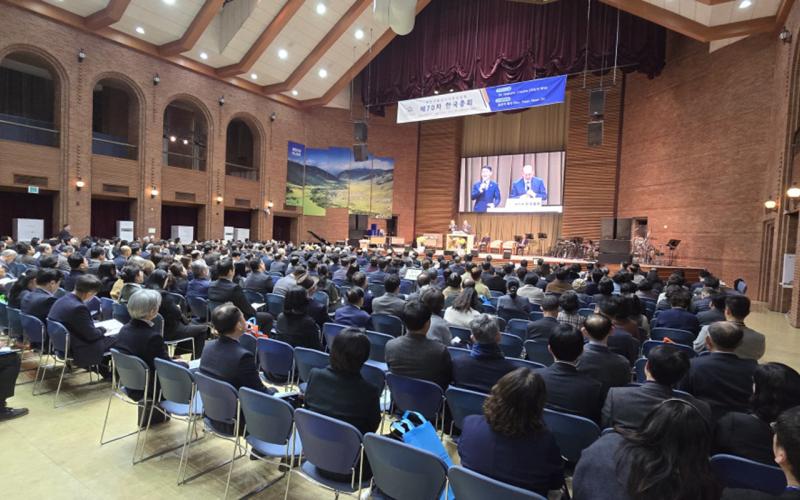
Missional Zone strategy multiplies church in Mesoamerica
Sometimes, a plan makes all the difference.
For more than 2,000 years, followers of Jesus Christ have been telling others about Him, organizing groups of new believers to worship and study the Bible, and training those to go out and tell others, thus spreading the Christian faith around the world.
The concept, then, of “Missional Zone” church planting is nothing new. It simply structures and methodizes this organic process into one that targets geographic areas across Mexico, Central America, and the Caribbean where there is either no Christian presence or no Nazarene church.
Responding to a need
Mature Nazarene districts (organized groups of local churches in a common geographic area) need to have a renewed responsibility for church planting. In many cases, longtime, mature districts had many churches that were growing but were not starting new fellowships in other communities, neighborhoods or villages where there was not a strong – or any – church presence, according to missionary Bernie Slingerland, who is the evangelism coordinator for the Church of the Nazarene denomination’s Mesoamerica Region, which administrates Nazarene churches throughout Mexico, Central America and the Caribbean.
In response, the region launched the strategy with a small pilot project in January 2008. The strategy took off, expanding over the next few years to 20 countries. The region identified 88 “Missional Zone Planters”—individuals to actually plant new churches—and 76 districts implemented the strategy.
“The missional zone planter is to work where a district superintendent does not have time to work in the district,” Slingerland said. “The projects allow church planters to stay localized … rather than roaming large territories [where they are not able] to follow up with new works.”
One planter can plant and nurture 10 to 30 churches over a three to seven year period, according to the plan.
As of December 2012, there are 127 Missional Zone planters, and the region has officially organized eight new districts 256 churches, ranging from 25 to 150 in attendance, within those districts. Nearly 3,800 mission starts (groups that are not yet officially organized into churches) have been planted.
The strategy would not be so successful without the partner of JESUS Film Harvest Partners (JFHP), a ministry that is founded and run by Nazarenes to support, train and send out teams of people to use the JESUS film and other Gospel-oriented movies to evangelize, disciple and plant churches around the world. The Missional Zone planters often use the JESUS film, and other evangelistic tools it provides, such as an “EvangeCube,” Bible studies, discipleship courses, and other tools to open up new works.
“With the help of JFHP, the Mesoamerica Region has been able to take the MZP project to new levels. This partnership and the use of the JESUS Film has been very important to this project,” said Slingerland.
Implementing the plan
Field Strategy Coordinator Jorge Cordova, who leads the North Mexico Field (which spans from the U.S. border in the north to Mexico City, and from eastern to western borders) has fully embraced Missional Zone church planting. He introduced the strategy to his district superintendents.
Five districts in the North Mexico Field adopted the plan and recruited a total of 10 missional zone planters. The evangelism coordinator for the area, Maru Rodriguez, helps to coordinate their efforts. (Rodriguez was one of the region’s first missionaries to the Eurasia Region in 2009, as part of the Caleb Project.)
One planter, Leonides Arteaga, in Mexico, identified 11 neglected communities – each only about 15 minutes from the others – to form one zone. The zone included an indigenous people group called the Purepecha. As of April 2012, he had started fellowships in seven of the 11 target communities.
“He is a very faithful church planter,” Cordova said. “He lets leaders know what he’s doing and he works hard. He’s raising up leaders. They have been trained in a very dynamic way … and they have a love to plant churches.”
The planters meet periodically for evaluation, mutual encouragement, workshops, and further training. Because their contexts for church planting are diverse, they can teach and learn from each other when they get together.
David Diaz left an established church where he was a pastor to become a Missional Zone planter. Diaz supported himself financially for a while.
“When I saw this brother didn’t have a cent to his name and didn’t have anything to pay his rent,” Cordova knew this indicated Diaz’s commitment to planting churches. “He was planting churches, but he didn’t have a lot of training.”
So Cordova made Diaz an official Missional Zone planter, which gave him training and a stipend, and the chance to network with other church planters.
Necessity of persistence
A Missional Zone planter must have determination and persistence. Antonio Sanchez, a planter in the West District, would present the JESUS Film and preach, but nobody would come. He knew, however, that people in the nearest houses could hear it all through the equipment loudspeakers. After he’d made numerous presentations, people began coming out of their homes and eventually some accepted Christ. As a result of this persistence, he has started many new works.
Another planter, in the north of Mexico, works among the constant danger of heavy drug trafficking, while another planter, Ismael Martinez in Oasteca, climbs mountains and crosses rivers to reach remote people with the Gospel.
“The thing that is important here is the Spirit of God, that He is raising up Missional Zone planters, that we are hoping there will be more lay people and pastors that will answer this call,” Cordova said. “This is the time to do it. It’s the time to have a method, it’s time to have dreams, it’s time for a revival, it’s time to share Jesus. Missional Zones — they’re just a great opportunity for us.”



